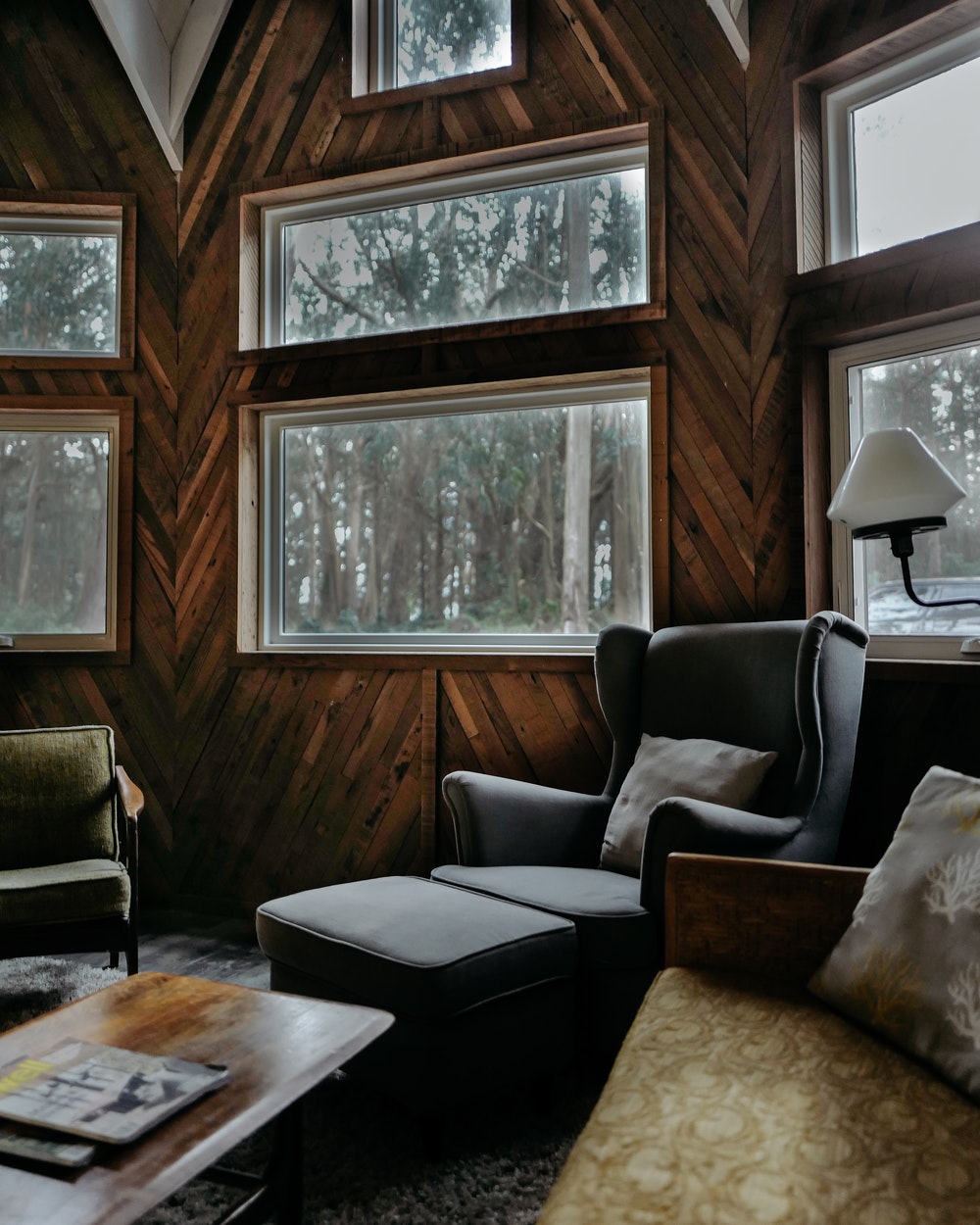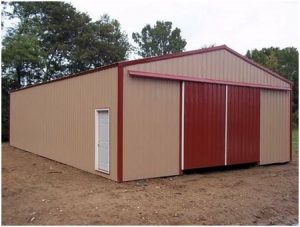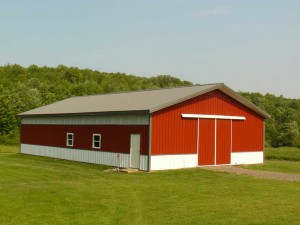Being a life-long baseball fan, my first introduction to “Low e”, was former Mariner, Ranger, Angel, Indian, Blue Jay and Tiger relief pitcher Mark Lowe, who could chuck a rock as high as 101 miles per hour!
OK, not so funny, but it does illustrate how little I (and most people) knew or understand about low e windows.
For decades most post frame buildings were either cold storage, or rarely heated structures. With more and more post frame buildings being used as climate controlled homes, barndominiums and shouses (shop/houses) more efficient windows are needed, if not required.
What exactly is low e glass? Here are a few key technical terms about low e glass:
Low-emissivity: Low e glass coatings work by reflecting or absorbing infrared light and ultra-violet rays. A window with low e glass does a better job of keeping heat in during winter and out during summer.
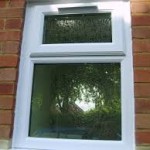 U-factor measures how easily heat flows through a product. Lower numbers keep heat or cold exactly where you want it. Each state has its own set of U-factor ratings within its Building Codes.
U-factor measures how easily heat flows through a product. Lower numbers keep heat or cold exactly where you want it. Each state has its own set of U-factor ratings within its Building Codes.
Solar Heat Gain Coefficient (SHGC) tells how much heat radiation – due to sunlight – a window lets in. If heating your barndominium is your main concern, a higher SHGC can help offset some heating costs. In warmer climates, where air-conditioning costs are a bigger factor, look for a lower SHGC number.
Windows manufactured with low e window coatings typically cost about 10-15% more than regular windows, however these windows can dramatically reduce energy loss by as much as 30–50%.
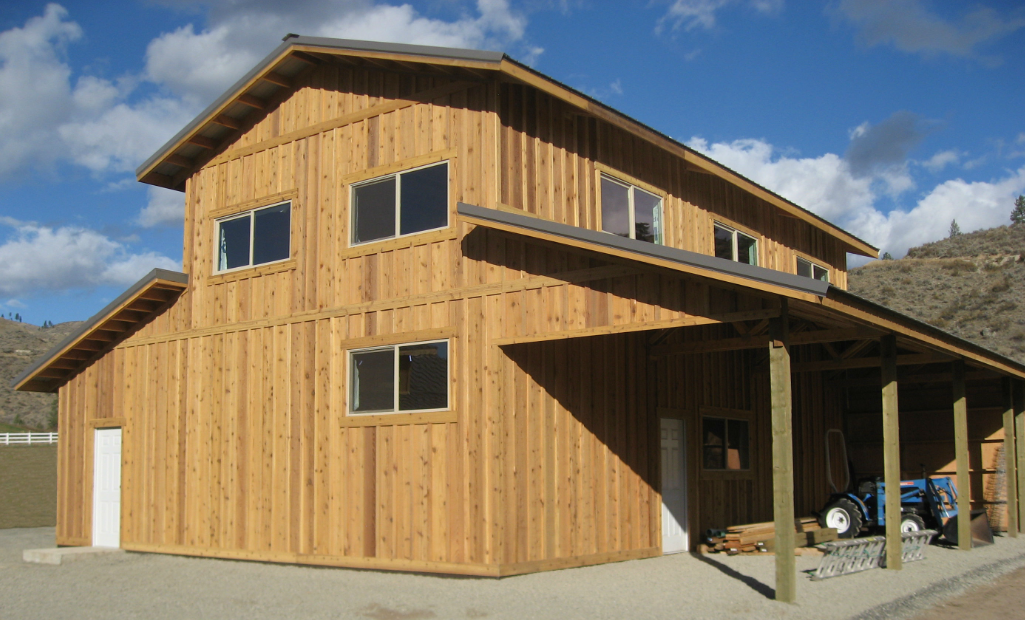
A low e glass coating is a microscopically thin, virtually invisible metal or metallic oxide layer deposited directly on surfaces of one or more glass panes. This low e window coating reduces infrared radiation from a warm pane of glass to a cooler pane, thereby lowering U-factor. Simply put, a lower U-factor equals a more energy-efficient window.
Different types of low e glass coatings have been designed to allow for high solar gain, moderate solar gain, or low solar gain. A low e coating can also reduce a window’s visible transmittance (visibility through glass) unless you use a spectrally selective coating. Spectrally selective coatings are optically designed to reflect particular wavelengths but remain transparent to others. Such coatings are commonly used to reflect solar spectrum’s infrared (heat) portion while admitting a higher portion of visible light. They help create a window with a low U-factor and solar heat gain coefficient but with a highly visible transmittance.
Spectrally selective coatings can be applied on various types of tinted glass to produce “customized” glazing systems capable of either increasing or decreasing solar gains according to aesthetics and climatic effects desired.
All new windows have National Fenestration Rating Council technical labels applied, making it easier to understand above information.
If you live where heat/cold fluctuations are minimal, low e windows are probably not high on your list. Living here in Northeast South Dakota where summers hover around 100 degrees and winters -20 to -40, you can bet low e windows are always on my shopping list when constructing a new post frame building.
